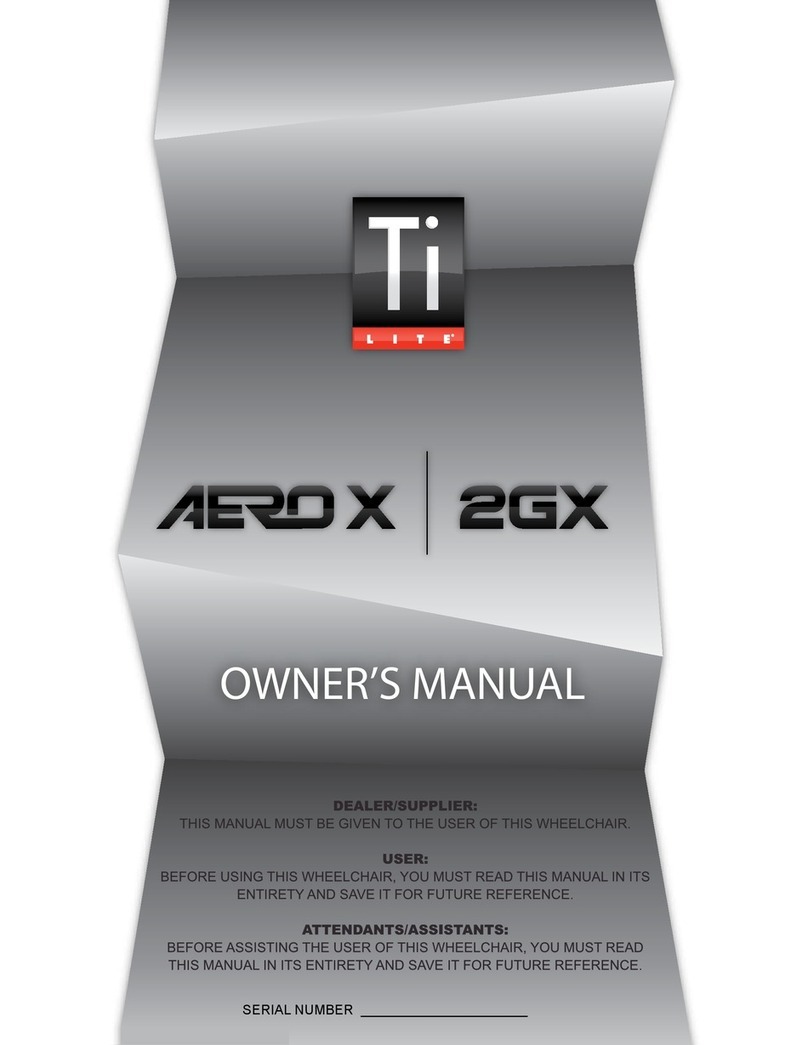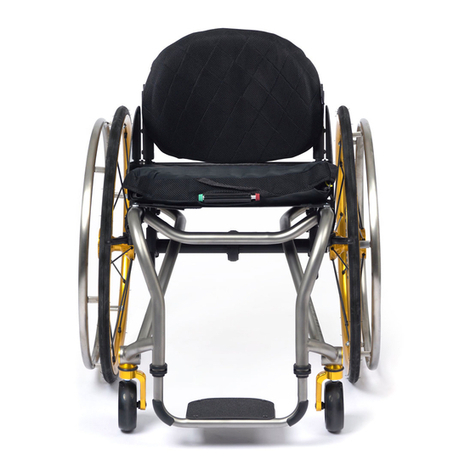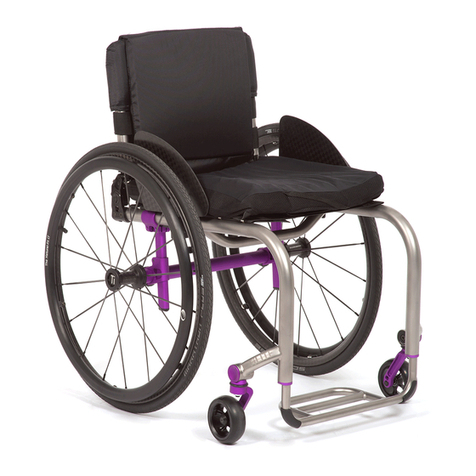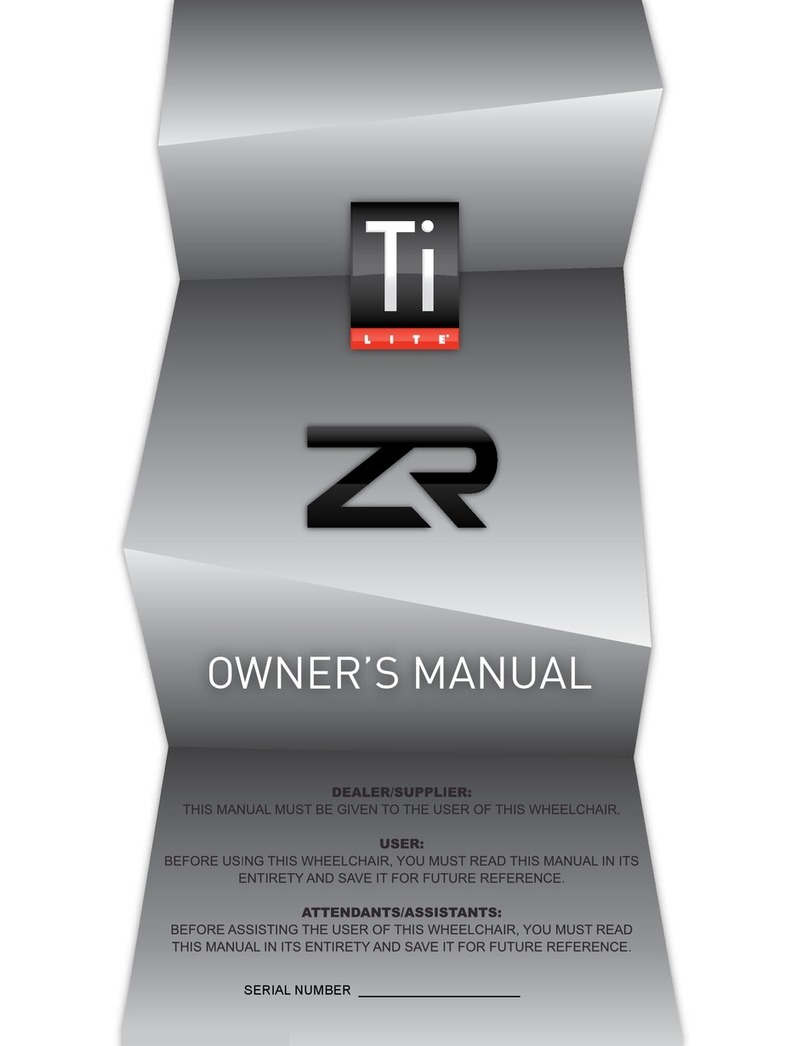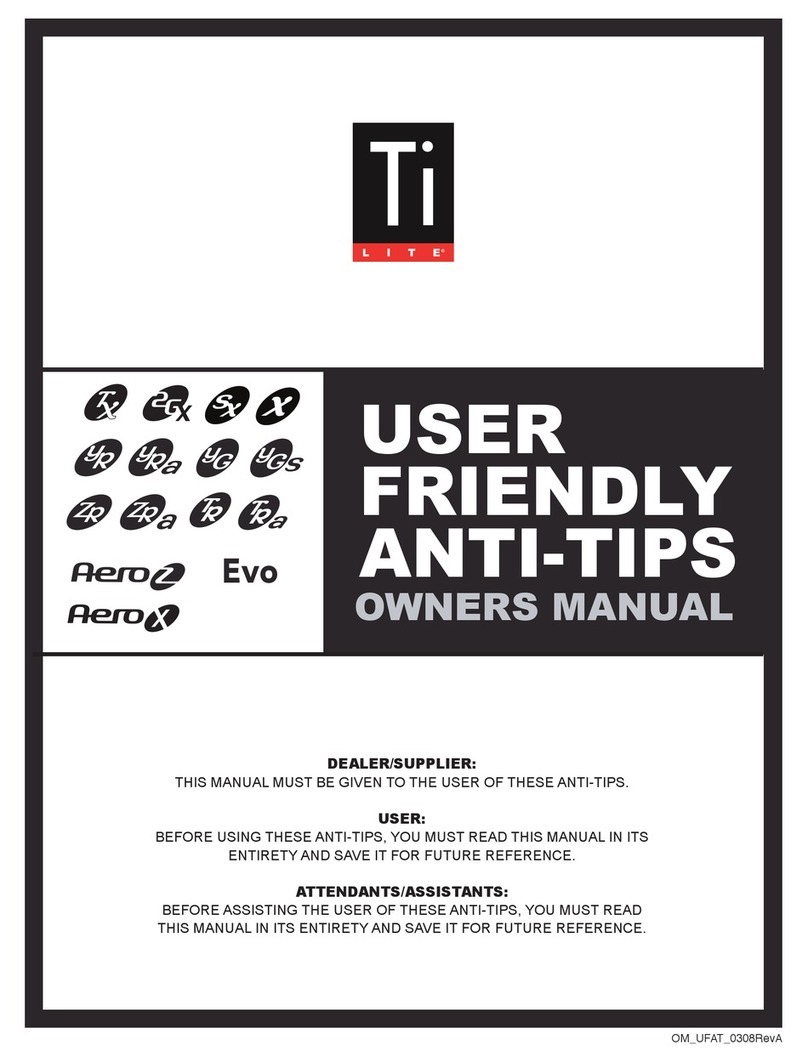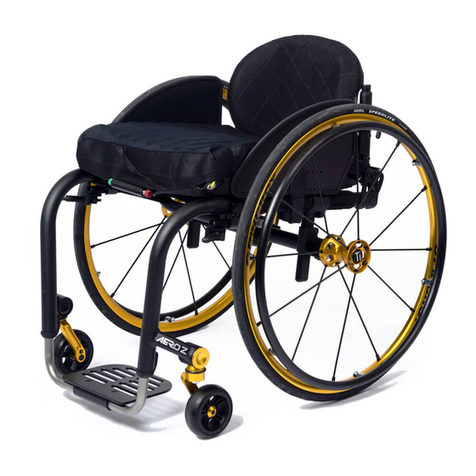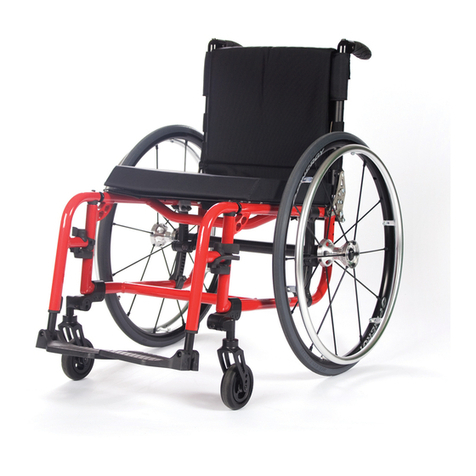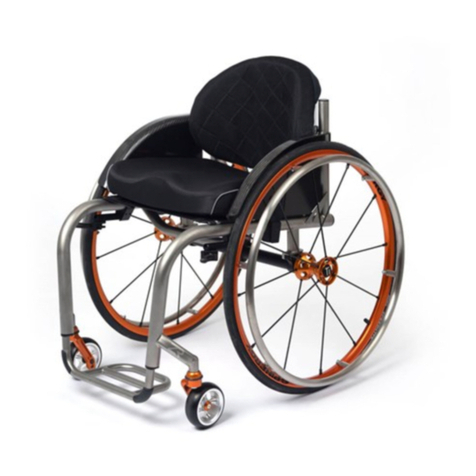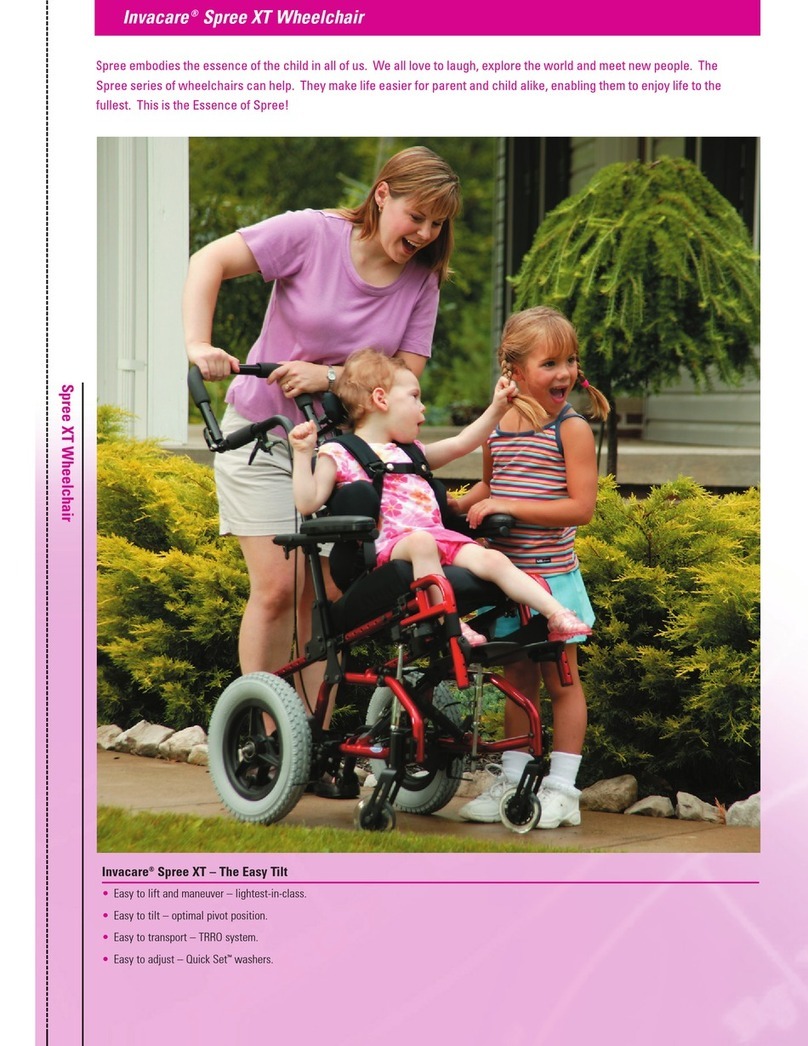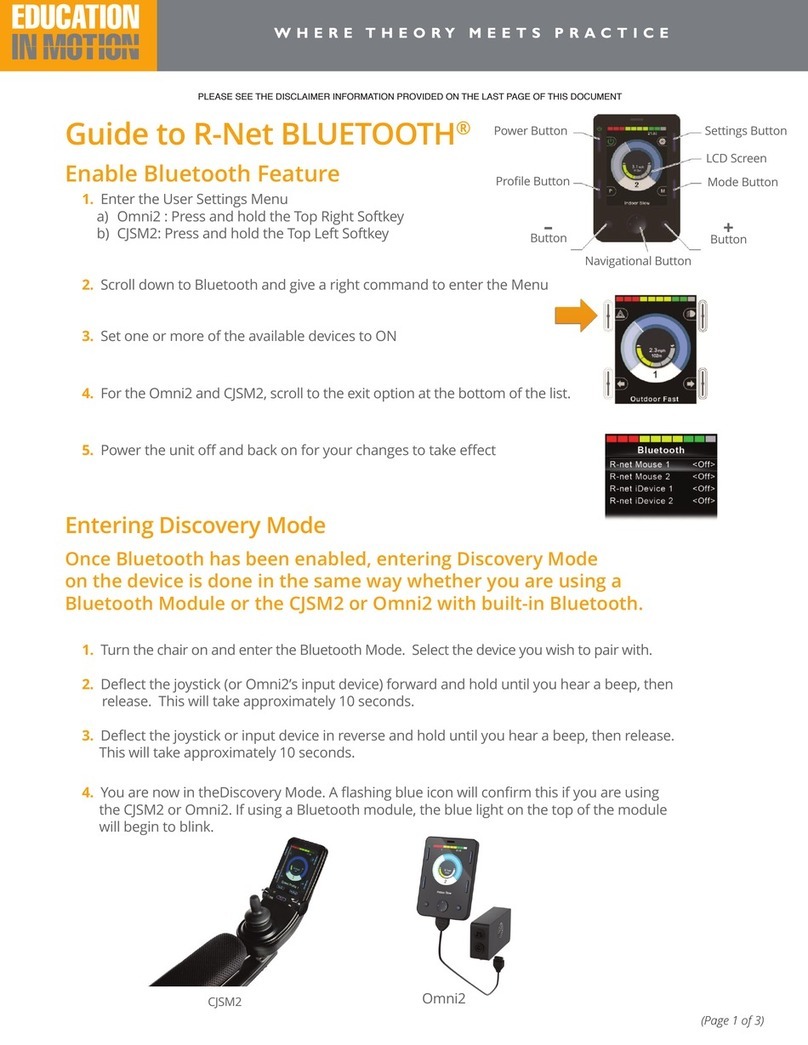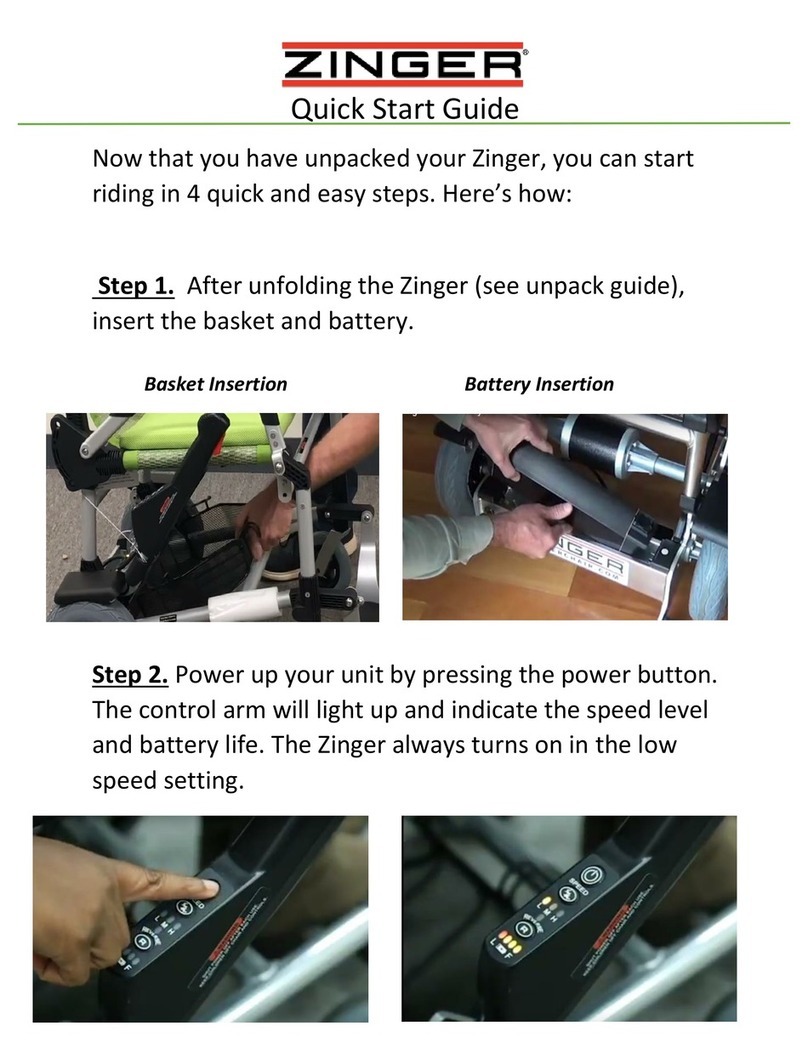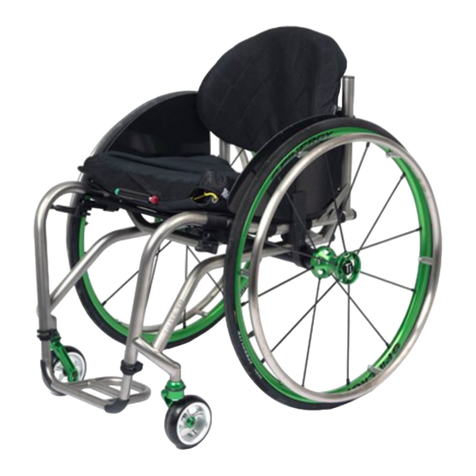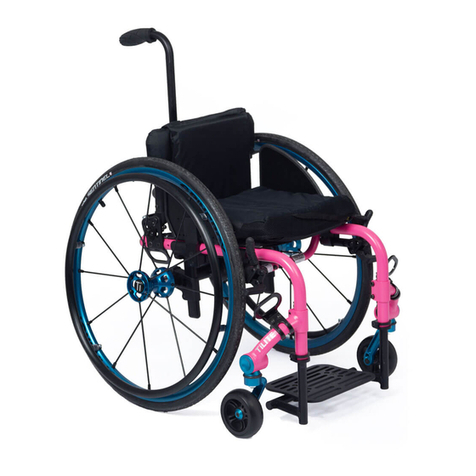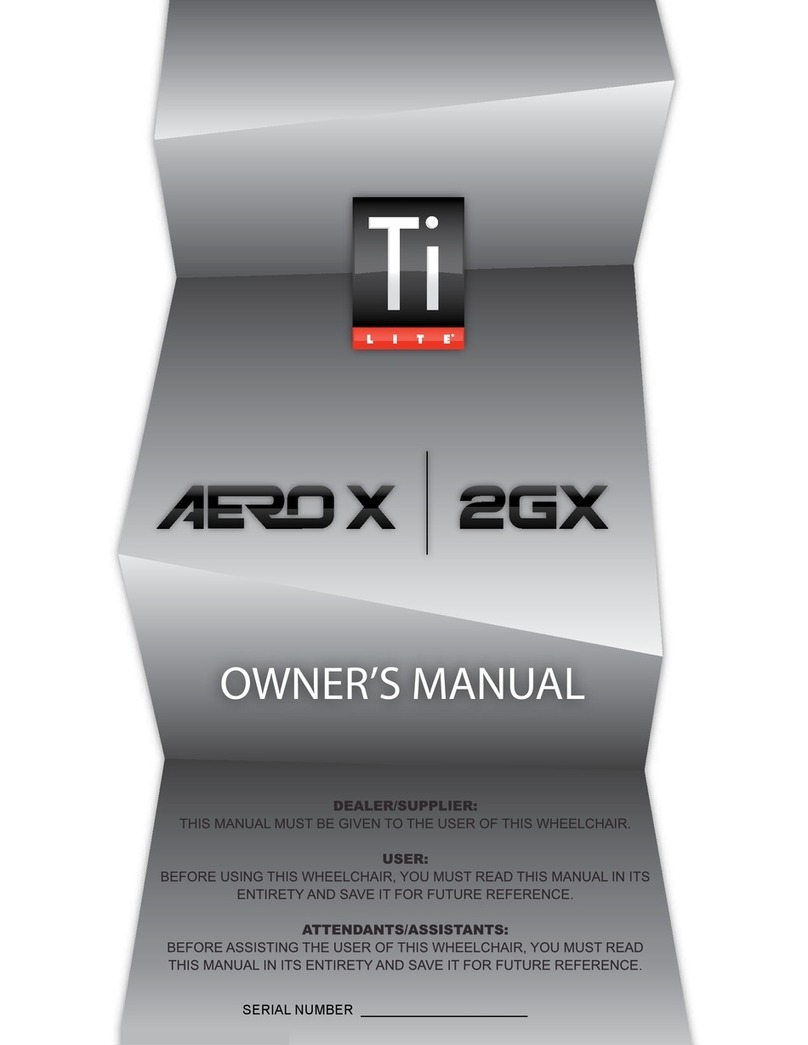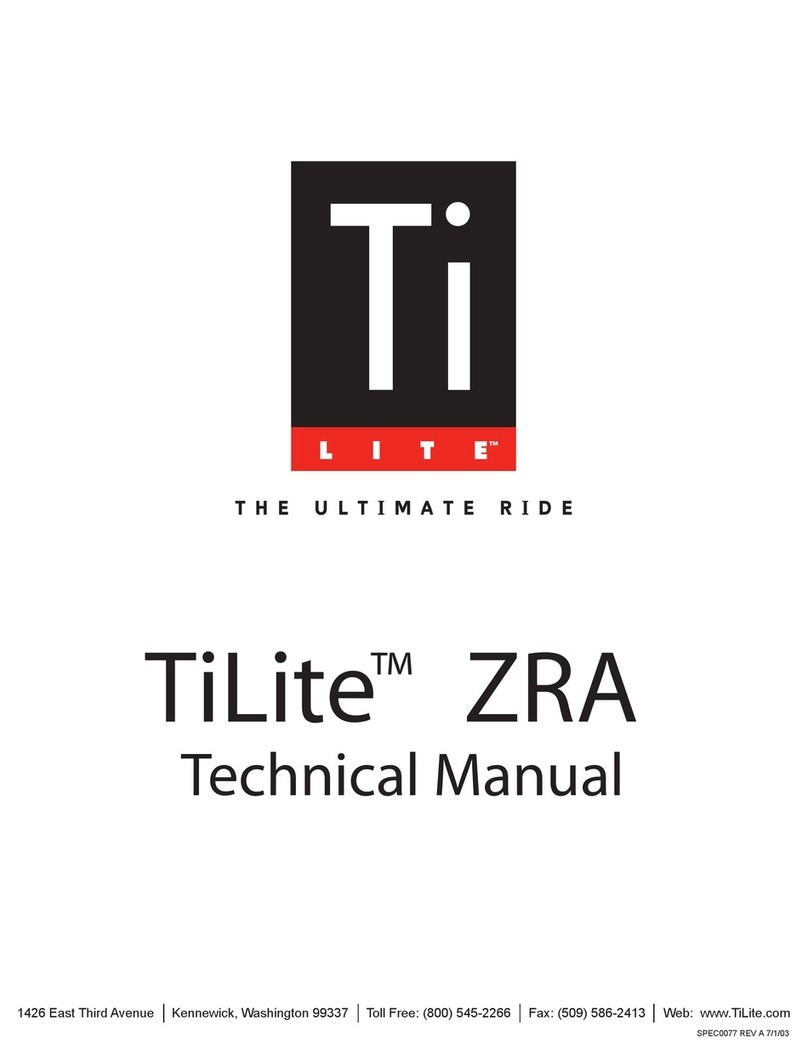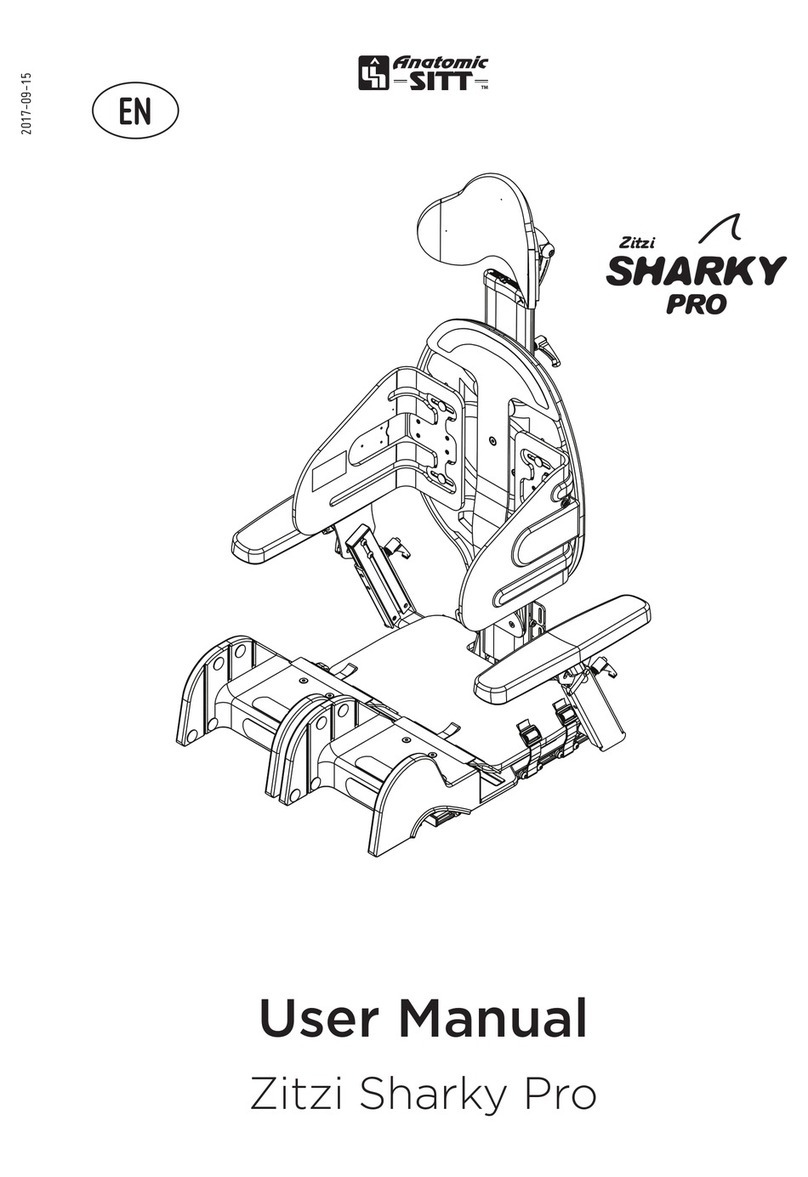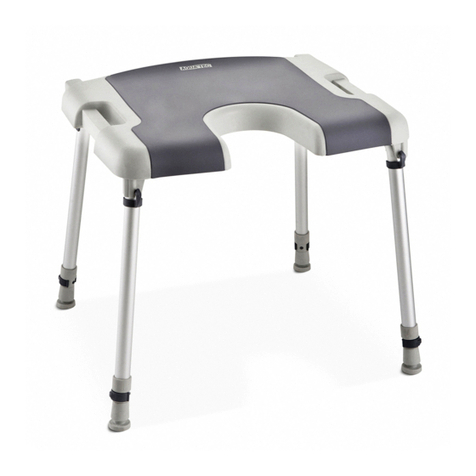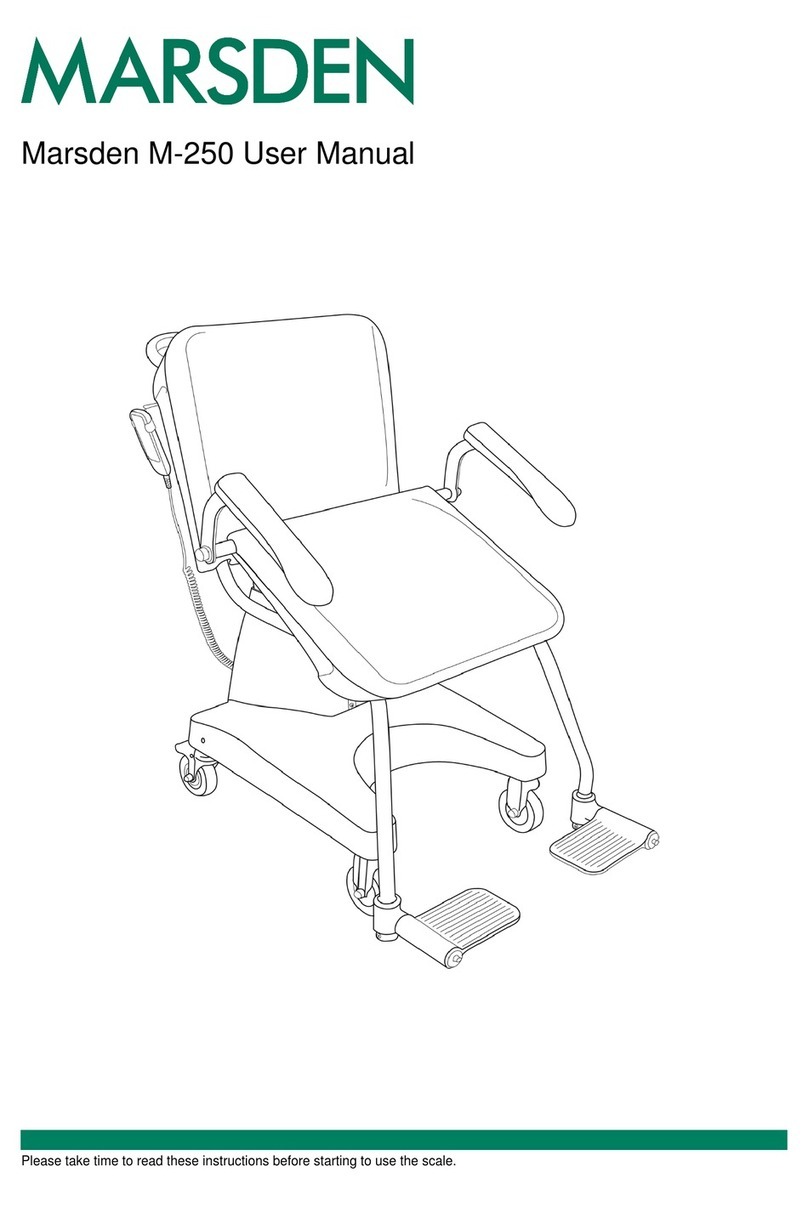
Locking the Armrest in Place ........................................................................................... 45
CHAPTER 6: SIDE GUARDS.................................................................. 46
Cloth Side Guards (TR Series, YG Series,YR Series, ZR Series,Aero Z , BB
and Evo) ..................................................................................................... 46
Removing/Replacing Cloth Side Guards ......................................................................... 46
RigidRemovableand Quad Removable SideGuards (Standard andCarbonFiber) (TR
Series,YR Series, ZRSeries,Aero Z, BB andEvo) .......................................... 46
Using Rigid Side Guards................................................................................................ 46
Adjusting Rigid Side Guards ........................................................................................... 46
Removing Rigid Side Guard Assembly ........................................................................... 47
Reinstalling Rigid Side Guard Assembly ......................................................................... 47
Fold-DownRigid SideGuards (Standardand CarbonFiber) (YGSeries, ZRSeries,Aero
Z,TR,YRandEvo) ....................................................................................... 47
Using Fold-Down Side Guards ....................................................................................... 47
Removing the Fold-Down Side Guard Assembly ............................................................. 47
Reinstalling Fold-Down Rigid Side Guard Assembly ....................................................... 48
CHAPTER 7: BACK UPHOLSTERY, SEAT UPHOLSTERY AND SEAT
CUSHIONS....................................................................................... 49
VelcroAdjustableBackUpholstery(TR Series,YG Series,YR Series,ZR Series,
AeroZandEvo) ............................................................................................ 49
Adjusting the Tension ..................................................................................................... 49
Replacing the Upholstery ............................................................................................... 49
TensionAdjustable by StrapsBack Upholstery (TRSeries,YG Series,YRSeries, ZR
Series,AeroZ, BB and Evo) .......................................................................... 50
Adjusting the Tension ..................................................................................................... 50
Replacing the Upholstery ............................................................................................... 50
PaddedBlackNylonBackUpholstery (BB) ............................................................ 51
TensionAdjustableBy StrapsSeatSlingUpholstery(ZR Series,AeroZ,BB,TRand
YR) ............................................................................................................. 51
Adjusting the Tension ..................................................................................................... 51
Replacing the Upholstery ............................................................................................... 52
TensionAdjustable Bolt-On Seat Sling (TR Series, YG Series,YR Series, ZR Series,
AeroZandEvo) ............................................................................................ 52
Adjusting the Tension ..................................................................................................... 52
Replacing the Upholstery ............................................................................................... 53
TiLiteSeat Cushion(TR Series,YGSeries,YRSeries,ZRSeries,AeroZ, BBand
Evo) ............................................................................................................ 53
Replacing the Foam Insert to Your TiLite Seat Cushion .................................................... 53
CHAPTER 8: CAMBER TUBES (CENTER OF GRAVITY; REAR SEAT
HEIGHT) ........................................................................................... 54
Standard Camber Tube (TR Series,YR Series, ZR Series,Aero Z, BB and Evo) ....... 54
Adjusting the Rear Seat Height (ZRAand Aero Z) ............................................................. 54
Adjusting the Center of Gravity (ZRAandAero Z) ............................................................... 55
Replacing the Camber Tube (ZRA and Aero Z) ................................................................. 55
Adjusting the Center of Gravity (ZR) ................................................................................. 56
Replacing the Camber Tube (ZR) ................................................................................... 56
Adjusting the Center of Gravity (TR, YR and BB) ............................................................... 57
Replacing the Camber Tube (TR, YR and BB) ................................................................. 57
iv




















